The Birth of Teck Trail Operations - Staking Claims and Seeking Fortunes
Teck Trail Operations is proud to commemorate 125 years of continuous smelting with an eight-part series that explores the company’s significant role in the region and industry, from the gold rush to becoming one of the world’s largest fully integrated zinc and lead smelting and refining complexes. Since 1896, visionary leadership, generations of skilled employees, adaptation, and industry-leading technological advancements in mining and smelting have helped the company achieve long-term success. Please enjoy this series that celebrates our legacy as Champions of Innovation.
Fortune seekers and settlers rushed to the boomtown of Rossland, BC, in the late 1800s hoping to strike it rich, but many ended up with more dust than gold.That was until prospectors Joe Moris and Joe Bourgeois staked the first successful mining claim on the slopes of Red Mountain. While working on the Lily May prospect on Deer Park Mountain, they noticed a red outcrop on the hill across the valley. Intrigued, they investigated and staked four claims and an extension: War Eagle, Centre Star, Virginia, Idaho, and LeWise (later named Le Roi). However, British Columbia law only allowed a prospector to stake a maximum of two claims, and the registration fees were more than they could afford. So, they offered Deputy Mining Recorder Eugene Sayre Topping their extension. Topping took the gamble, processing and paying the recording fees in exchange for ownership. The discovery of gold and copper ore in the Le Roi Mine initiated the region’s gold rush, contributing to the rise of Trail as a vital player in the North American mining industry.
With the foresight that Red Mountain would become the epicenter of the literal goldmine, Topping and his friend, Frank Hanna, purchased land at the mouth of Trail Creek, leveraging the success of the neighbouring mines by selling town lots.
In the early days, ore was shipped down the Columbia River by steamboat to the United States for smelting. This costly and inconvenient process caught the eye of a young American entrepreneur, Fritz Augustus Heinze. Jumping at the opportunity to treat the ore locally, he built a gold and copper smelter at Trail Creek Landing. As the town of Trail sprung up due to the sale of Topping and Hanna’s lots, the British Columbia Smelting & Refining Company began to build its copper-gold smelter.
Heinze’s business might have gone the way of his competitors, shuttering due to exhausting the natural resources, had he not built a tramway in 1895-96. The small, functional railway spanning from Trail to Rossland proved a brilliant business decision for both Heinze and the town of Trail. It forged the path for the Canadian Pacific Railway (CPR) to connect Trail to Castlegar and onto Penticton, encouraging the company to purchase Heinze’s rail holdings and smelter in 1898.
In 1906, the CPR integrated the Rossland and St Eugene mines with the Rossland Power Company and the smelter to create the Consolidated Mining & Smelting Company of Canada Ltd. (CM&S). Walter Aldridge, previously sent by the CPR to negotiate the purchase of Heinze’s assets, stayed on as the company’s first managing director to expand and improve the operation, becoming a force in CM&S leadership.
“The CPR had a tremendous reach across Canada, which made things like recruitment and probably prospecting much easier,” explains Sarah Benson-Lord, Trail Museum & Archives Manager.“I think any mining industrialist would understand that resources run out at some point—mines aren’t bottomless pits. However, having the backing of a large, wealthy company like the CPR would mean, in my opinion, that they had the benefit of great minds from all over the world working to make this venture a success.”
This major contributor to the world’s supply of refined zinc, lead, silver, gold and a variety of precious metals, chemicals, and fertilizer products eventually became what is known today as Teck Trail Operations.
Leadership and innovation have proven to be the metaphorical ore of Teck Trail Operations; once extracted, they provided the raw materials for the company to build its legacy.
__________
Teck Trail Operations has helped shape the Kootenay region both economically and culturally for over a century. Stay tuned for the next installment of Champions of Innovation, which will highlight how the development of differential flotation spurred immigration.


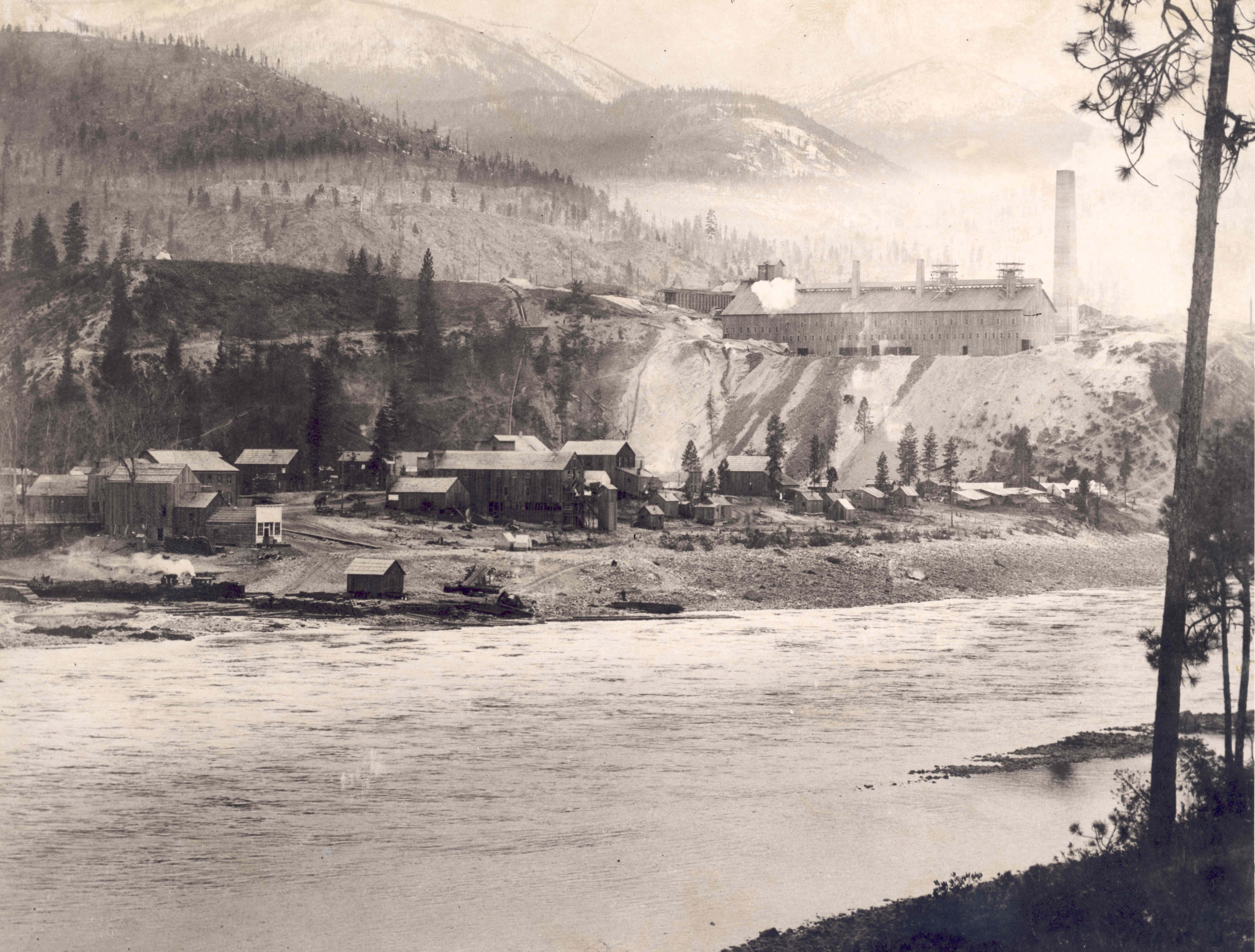

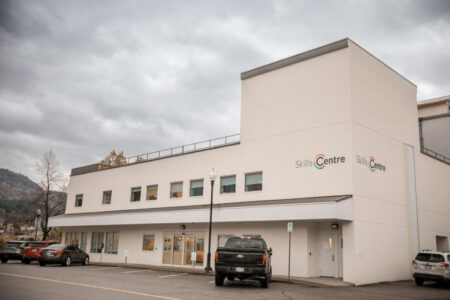
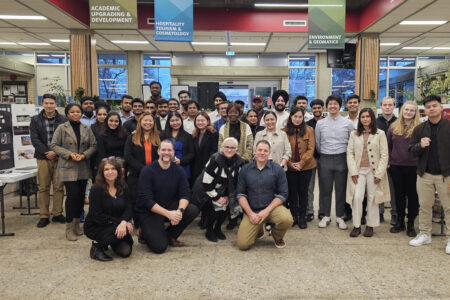
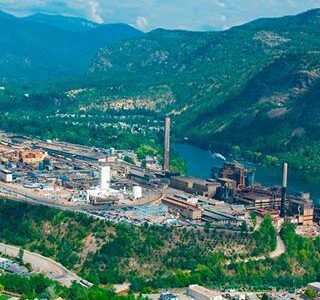











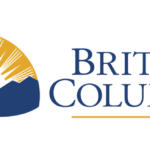





Comments